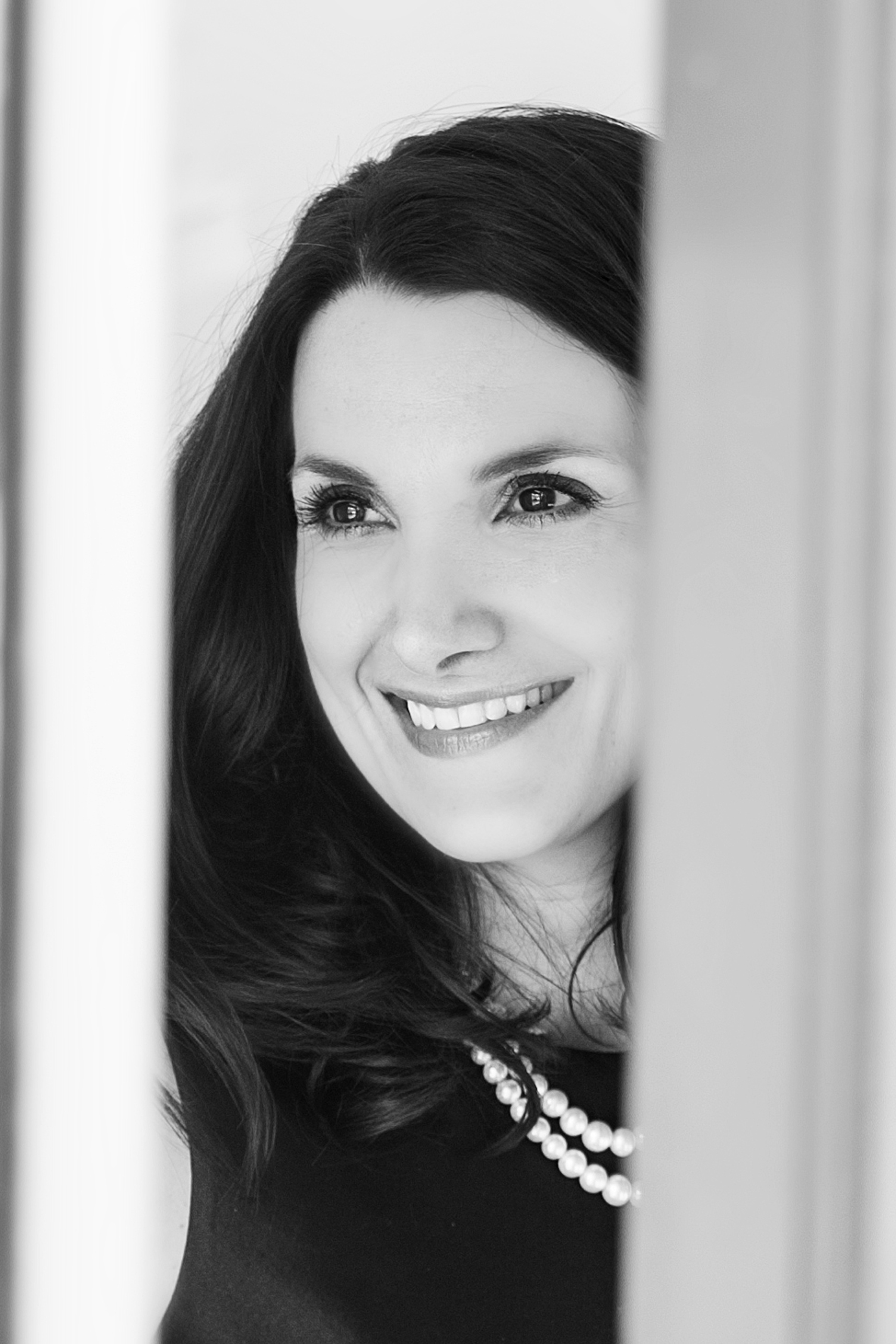There’s no shortage of advice when it comes to what to wear to the office. It’s hard to sort through it all, but thirteen years of being a Southern woman working in a very male dominated environment on Wall Street taught me one thing about dressing for work: there’s no one size fits all advice when it comes to dressing for work except that comfort equals confidence, and confidence is what leads to success.
I took the advice early in my career to wear what other women around my level at work were wearing: pant suits and button down shirts. I was working in the very conservative and a male dominated field of investment management with few women to look up to or even befriend. This was their way of trying to fit into the culture and be one of the boys I suppose. I was young and not very confident, this outfit that was supposed to help me feel a part of team — only made me feel worse. I have a curvy, feminine body and these were the most unflattering things I could have possibly chosen to wear. Plus, I was Southern. I was simply more comfortable in skirts and dresses. It took me nearly three years to build up the confidence in my skills to change my clothing and start wearing more feminine clothing to the office. A small change that did wonders for my confidence and in the long-term my career.
The other bit of advice that’s frequently given is to look to your superiors and emulate their style. Later on in my career in banking, I worked for a woman that regularly wore skirts above her knee (a no-no that she ignored) and others with zero personal style. By the time I encountered these women I knew better than to do the former and loved clothing too much for the latter (I’m now the founder of an American made luxury clothing line Senza Tempo.) As my confidence in my skills grew, so did my confidence to wear what I wanted. I felt comfortable wearing a colorful shoe so long as the rest of my outfit was tame. I was always dressed appropriately and conservatively, but I wasn’t trying to emulate anyone or fit in in a way that was detrimental to my confidence. I had found my signature style and a closet full of power outfits. I knew the styles that I was most comfortable in, therefore the most confident in and that had translated into career success.
I get so frustrated when I see advice columns or infographics of how to dress for a business formal environment. It always shows a woman in a button down shirt under a pantsuit. Young women just starting out in their careers are so afraid of making a mistake, especially those working in male dominated environments, that they won’t dare deviate from this dictum despite the fact that there are so many other similar options. All I can think of is how much angst this advice caused me twenty years ago trying to fit that mold. It’s all great advice, but advice that should be given with the disclaimer that it simply doesn’t work in every situation.
I wish that someone had told me when I was starting my career that I would be much more confident at work if I chose clothing that made me feel confident. That confidence and staying true to myself would be more important keys to my success than trying to superficially fit in based on how other co-workers were dressed. I wish that I would have realized how much it would have mattered to my job performance that I felt comfortable in my own skin and with my personal style. I wish someone would have told me how much confidence in myself translates into success and ultimately the satisfaction of achieving that success.
Tips on finding your power outfit:
-
Every woman should have at least 1-2 power outfits.
-
Preferably timeless investment pieces that can be worn repeatedly for years. My company’s ethos is fundamentally aligned with the #repeat movement.
-
Comfort isn’t about the amount of spandex in an item, but how well it fits and the fit should never be tight nor sloppy.
-
Find a good tailor because finding the perfect fit off the rack isn’t reasonable. Having our clothing tailored is considered a luxury here in the U.S. whereas in Europe it’s completely standard.
-
When you put on an item it shouldn’t bunch, or pinch. Always remember, it’s easier to take things in than out.
-
Choose the right fabrics. It shouldn’t itch or make you sweat. Try to avoid polyester and synthetic fabrics opt for natural fabrics like wool, cotton and silk. They’ll last longer and are breathable.


